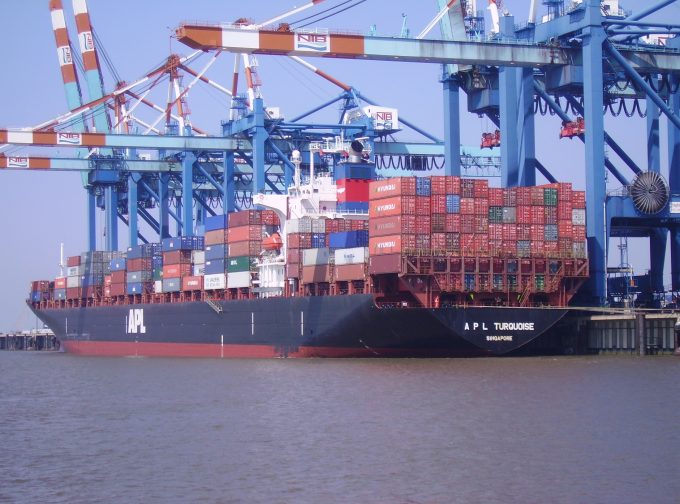Wallenius Wilhelmsen buys into blockchain supply chain specialist Vinturas
Ro-Ro line Wallenius Wilhelmsen has acquired a stake in Vinturas, a blockchain-based supply-chain visibility platform ...

The benefits of blockchain-backed applications for container shipping came under the spotlight at the TPM Asia conference in Shenzhen last week.
And not all stakeholders are convinced this budding technology is the answer to the industry’s data sharing conundrum.
For APL chief executive Nicolas Sartini, an electronic bill of ...

Comment on this article